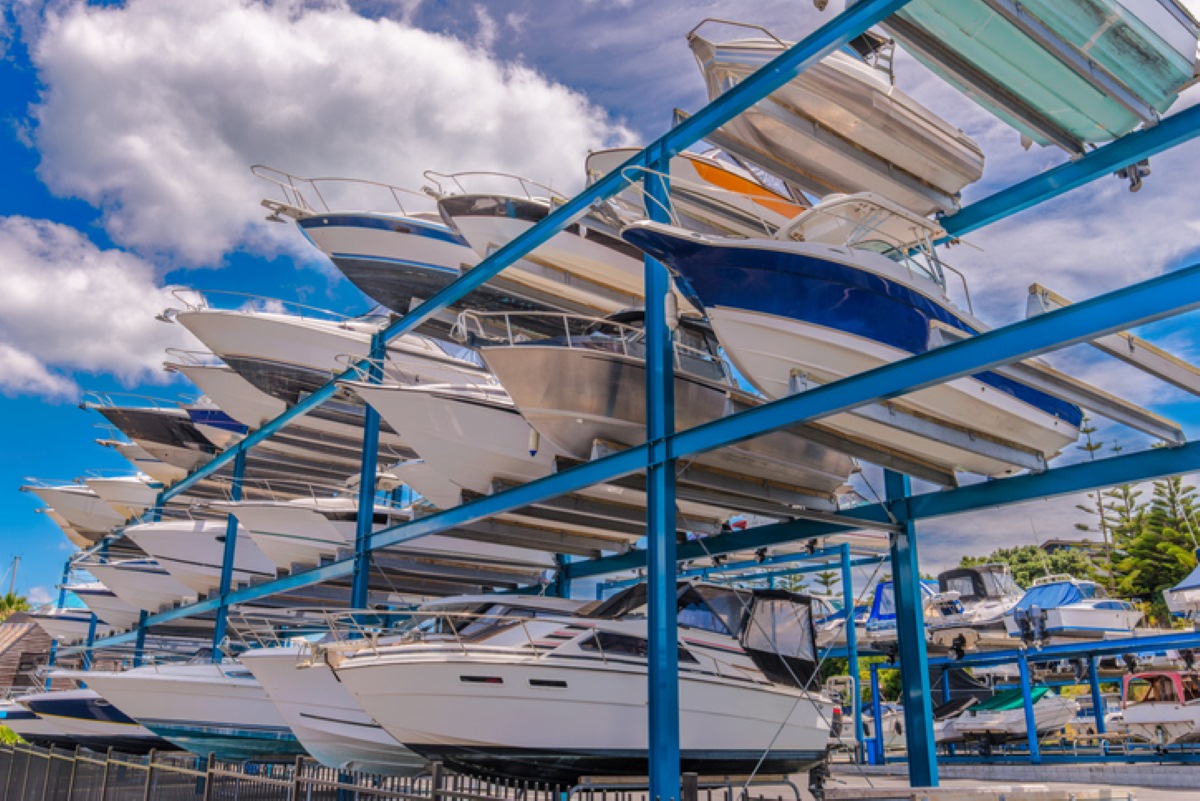

Articles
How To Store A Boat Outside
Modified: January 5, 2024
Discover the best techniques for storing your boat outside with our informative articles. Keep your boat safe and protected all year round.
(Many of the links in this article redirect to a specific reviewed product. Your purchase of these products through affiliate links helps to generate commission for Storables.com, at no extra cost. Learn more)
Introduction
Storing a boat outside requires careful planning and preparation to ensure its protection from the elements and to maintain its longevity. Whether you own a small fishing boat or a larger recreational vessel, proper storage is essential to prevent damage from sun, rain, snow, and other environmental factors.
In this article, we will guide you through the process of storing your boat outside, offering expert tips and advice on choosing the right location, cleaning and preparing the boat, covering and protecting it, securing equipment and accessories, performing regular maintenance, and winterizing it for long-term storage.
By following these guidelines, you will not only preserve the appearance and functionality of your boat but also save money in the long run by avoiding expensive repairs and replacements.
Key Takeaways:
- Properly storing a boat outside involves choosing the right location, thorough cleaning, high-quality covering, equipment security, regular maintenance, and winterization. Following these steps ensures the boat’s protection and longevity.
- Long-term storage of a boat requires ongoing maintenance, proper ventilation, rodent prevention, tire pressure monitoring, and insurance coverage. These measures help preserve the boat’s condition and value for future use.
Read more: How To Store Boat Outside
Choosing the Right Location
When it comes to storing your boat outside, the location you choose plays a crucial role in its overall protection. Here are some factors to consider when selecting the right storage location:
- Weather: Look for a location that experiences minimal extreme weather conditions. Avoid areas prone to heavy rainfall, strong winds, or excessive heat and sun exposure.
- Accessibility: Ensure that the storage site is easily accessible, both for dropping off and picking up your boat. Consider the distance from your home or marina and the convenience of transportation.
- Security: Opt for a secure storage facility with appropriate fencing, lighting, and surveillance systems. A gated facility with restricted access will provide an added layer of protection against theft and vandalism.
- Ground Surface: Choose a storage area with a solid and level surface. Avoid uneven terrain, as it can cause the boat to shift or develop stress points over time.
- Proximity to Water: If you plan on using your boat frequently, consider a storage location near a body of water. It will save you time and effort when launching and retrieving your boat.
- Shade: Look for a location with adequate shade or consider installing a canopy or a boat cover with built-in UV protection. This will protect your boat from prolonged sun exposure, which can cause fading and deterioration of materials.
Take your time to research different storage facilities or outdoor spaces and compare their amenities, pricing, and customer reviews. It’s essential to find a location that meets your specific needs and provides the necessary protection for your boat.
Cleaning and Preparing the Boat
Prior to storing your boat outside, it is crucial to thoroughly clean and prepare it to prevent any damage or deterioration. Follow these steps to ensure your boat is in optimal condition for storage:
- Remove All Belongings: Start by removing all personal belongings, equipment, and accessories from the boat. This includes life jackets, fishing gear, electronics, and any other loose items. Store these items separately in a dry and secure place.
- Inspect for Damage: Conduct a thorough inspection of the boat’s exterior and interior, looking for any signs of damage or wear. Check for cracks, leaks, loose fittings, or any other issues that may require repairs. It’s better to address these problems before storage rather than discovering them later when you want to use your boat.
- Clean the Hull: Use a gentle boat cleaner and a soft brush to clean the hull and remove any dirt, grime, or algae buildup. Ensure that the cleaner is safe for your boat’s material (such as fiberglass or aluminum) and rinse thoroughly with fresh water.
- Scrub Decks and Interior: Scrub the decks and interior surfaces with a mild cleaner suitable for your boat’s materials. Pay attention to corners, crevices, and hard-to-reach areas. Rinse thoroughly and allow the boat to dry completely.
- Empty and Clean Tanks: If your boat has fuel or water tanks, make sure to empty them to prevent potential leaks or contamination during storage. Clean the tanks thoroughly if necessary.
- Flush the Engine: For boats with inboard engines, it’s essential to flush the engine with fresh water to remove any salt or impurities. Follow the manufacturer’s instructions for safely flushing your particular engine type.
- Protect Electrical Systems: Disconnect the battery and store it in a cool, dry place. Clean and dry all electrical components and connections to prevent corrosion.
By taking the time to clean and prepare your boat, you are ensuring that it is in prime condition for storage. This will help prevent any potential damage and make the process of getting your boat ready for the next boating season much smoother.
Covering and Protecting the Boat
Once your boat is cleaned and prepared, it’s time to cover and protect it from the elements. Here are some essential steps to ensure proper protection:
- Choose a Boat Cover: Invest in a high-quality boat cover that is specifically designed to fit your boat’s dimensions. Look for covers that are made from durable and UV-resistant materials to provide maximum protection against sun damage.
- Secure the Cover: Properly secure the cover to ensure a snug fit. Use straps, buckles, or elastic cords to secure it tightly around the boat. This will prevent the cover from shifting or blowing off during strong winds.
- Use Support Framework: If storing your boat outside for an extended period, consider using a support framework to prevent water accumulation on top of the cover. This will help maintain the shape of the cover and prevent sagging or pooling of water, which can lead to mold or mildew growth.
- Protect Exposed Areas: Use additional covers or tarps to protect any exposed areas, such as outboard motors, consoles, or seats. This will provide an extra layer of protection against sun, rain, and dust.
- Seal Openings: Close and seal any openings on the boat, such as hatches, ports, or vents, to prevent moisture and pests from entering. Use weatherstripping or sealants as necessary.
- Consider Storage Accessories: Depending on your storage location and climate, you may need additional accessories to protect your boat. This could include padding for contact points, chafe guards for rope and lines, or moisture-absorbing products to control humidity inside the boat.
Properly covering and protecting your boat will keep it safe from the elements, reducing the risk of damage and extending its lifespan. Regularly inspect the cover for any signs of wear or damage and replace it if necessary. Taking these steps will ensure that your boat remains in excellent condition, ready for your next adventure on the water.
Securing Equipment and Accessories
When storing your boat outside, it’s essential to secure and protect all equipment and accessories to prevent loss, damage, or theft. Here are some tips to help you secure your boat’s equipment:
- Remove Valuables: Take out any valuable items such as electronic devices, fishing equipment, or personal belongings from the boat. Storing them separately in a secure place will minimize the risk of theft or damage.
- Lockable Storage Compartments: If your boat has lockable storage compartments, utilize them to store essential equipment, tools, and accessories. Ensure that these compartments are securely locked to deter any unauthorized access.
- Remove Detachable Accessories: Remove any detachable accessories such as seats, cushions, or covers that are not in use and store them in a dry and secure location. This will prevent them from being damaged by the elements or stolen.
- Secure Electronics: If you have any electronic devices on board, such as GPS systems, fish finders, or stereos, remove them and store them in a safe place. You can also consider registering these devices and marking them with your contact information to deter theft.
- Anchor and Docking Equipment: Make sure that your anchor, chains, ropes, and docking equipment are properly secured. Use sturdy locks or secure them in lockable storage compartments to prevent unauthorized use or theft.
- Protect Cables and Wiring: Inspect and secure any exposed cables, wiring, or connectors to prevent damage from rodents or water. Consider using protective covers or conduits to safeguard them.
- Trailer Security: If storing your boat with a trailer, make sure your trailer is securely locked and parked in a safe location. Use wheel locks, hitch locks, or even consider using a trailer lock to prevent theft.
By properly securing your boat’s equipment and accessories, you can have peace of mind knowing that they are protected during the storage period. Regularly check the security measures to ensure they are in place and functioning effectively.
To store a boat outside, make sure to cover it with a durable, breathable boat cover to protect it from the elements and prevent mold and mildew buildup. Additionally, prop the cover up to allow for air circulation and prevent moisture buildup.
Read more: How To Store A Paddle Boat Outside
Regular Maintenance and Inspections
Maintaining your boat even while it is in storage is crucial for its long-term health and performance. Here are some important maintenance tasks to perform regularly during the storage period:
- Inspect for Damage: Regularly inspect your boat for any signs of damage, such as cracks, leaks, or wear and tear. Pay close attention to vulnerable areas, including the hull, deck, and fittings. Address any issues promptly to prevent further damage.
- Monitor Moisture Levels: Check the moisture levels inside the boat periodically, especially in humid environments. Excessive moisture can lead to mold, mildew, or corrosion. Use moisture-absorbing products or a dehumidifier to keep the interior dry.
- Check Batteries: If you store batteries on board, regularly check their charge levels and ensure they are properly maintained. Charge them periodically or use a battery maintainer to prevent them from losing power or sulfating.
- Inspect and Lubricate Moving Parts: Inspect and lubricate any moving parts, such as hinges, latches, or winches, to prevent rust or corrosion. Use marine-grade lubricants to ensure proper functioning.
- Clean and Treat Upholstery: If your boat has upholstered surfaces, regularly clean them and apply a protective treatment to prevent fading, cracking, or mildew. Use appropriate marine cleaners and follow the manufacturer’s recommendations.
- Monitor Bilge System: Check the bilge regularly and remove any accumulated water, debris, or oil. Inspect the bilge pump and ensure it is working correctly. Clean or replace the bilge filters as needed.
- Inspect and Maintain Trailer: If your boat is stored on a trailer, regularly inspect and maintain the trailer. Check the tires for proper pressure and wear, grease the wheel bearings, and ensure the trailer lights are functioning correctly.
By performing regular maintenance and inspections, you can identify and address any issues before they escalate, ensuring your boat remains in optimal condition throughout the storage period. Following a maintenance schedule will also save you time and money when you’re ready to use your boat again.
Winterizing the Boat
If you live in an area with cold winters, it is crucial to properly winterize your boat before storing it outside. Here are the essential steps to winterize your boat:
- Flush and Drain Water Systems: Start by flushing the engine with fresh water to remove any salt, sediment, or contaminants. Drain all water from the cooling system, including the engine block, manifolds, and plumbing. Use antifreeze as recommended by the manufacturer.
- Stabilize the Fuel System: Add a fuel stabilizer to the gas tank to prevent fuel degradation and the formation of harmful deposits. Run the engine for a few minutes to circulate the treated fuel throughout the system.
- Change Engine Oil and Filter: Before storage, change the engine oil and replace the oil filter. This will remove any contaminants and provide fresh oil for the next boating season.
- Remove Spark Plugs: Remove the spark plugs and apply a fogging oil to protect the cylinders and prevent corrosion. Crank the engine a few times without the spark plugs to distribute the oil evenly.
- Protect Electrical Systems: Disconnect the battery and store it in a cool, dry place. Clean and apply a protective coating to the battery terminals. Inspect and repair any damaged wiring or connectors.
- Clean and Dry the Boat: Thoroughly clean and dry the boat’s interior and exterior surfaces to remove any dirt or moisture. Pay special attention to areas prone to mold or mildew growth.
- Apply Wax or Protective Coating: Apply a coat of wax or a protective coating to the boat’s hull to minimize the effects of UV rays and prevent oxidation. This will help maintain the boat’s appearance during storage.
- Cover the Boat: Finally, securely cover the boat with a high-quality boat cover to protect it from dust, debris, and the elements. Make sure the cover is properly secured to prevent any shifting or damage.
Proper winterization is essential to safeguard your boat’s engine, plumbing, and other critical systems from freezing temperatures. It will also ensure that your boat is ready for use when the warmer seasons arrive.
Tips for Long-Term Storage
Storing a boat outside for an extended period requires additional considerations to ensure its protection and longevity. Here are some valuable tips for long-term storage:
- Regular Maintenance Checks: Schedule periodic visits to check on your boat throughout the storage period. Inspect the cover, check for any signs of damage or pests, and address any issues promptly.
- Proper Ventilation: Ensure proper ventilation inside the boat to prevent the buildup of moisture and reduce the risk of mold or mildew. Use vents, dehumidifiers, or moisture-absorbing products as necessary.
- Rodent Prevention: Take precautions to prevent rodents from making your boat their home. Seal any openings or gaps where they could enter and use rodent repellents such as traps or deterrents.
- Avoid Tarp Contact: If you’re using a tarp as an additional cover, make sure it doesn’t come into direct contact with the boat’s surfaces. The tarp could trap moisture and potentially damage the finish or paint.
- Regularly Inflate and Inspect Fenders: If your boat is moored or docked, regularly inflate and inspect the fenders to protect the boat from potential damage from contact with the dock or other vessels.
- Monitor Tire Pressure: If your boat is stored on a trailer, check the tire pressure regularly to prevent flat spots or tire damage from prolonged storage.
- Inspect and Maintain Covers: Regularly inspect and clean the boat cover, removing any debris or leaves that may have accumulated. Repair or replace any damaged or worn-out covers to ensure proper protection.
- Check Insurance Coverage: Review your boat insurance policy to ensure that you have coverage for storage and any potential issues that may arise during the storage period.
- Keep Records and Documentation: Maintain a record of maintenance and inspections performed during storage. This will help you keep track of any work done and serve as a reference for future use.
By following these tips, you can ensure that your boat remains in optimal condition throughout its long-term storage period. Proper maintenance, ventilation, and protection will help extend its lifespan and preserve its value.
Conclusion
Storing a boat outside requires careful planning, preparation, and ongoing maintenance to protect it from the elements and ensure its longevity. By following the guidelines outlined in this article, you can confidently store your boat outside knowing that you have taken the necessary steps for its preservation.
Choosing the right location for storage is crucial, considering factors such as weather, accessibility, security, and proximity to water. Cleaning and preparing your boat before storage removes any dirt or contaminants and allows you to address any necessary repairs. Properly covering and protecting your boat with a high-quality boat cover and additional tarps or covers will shield it from sun damage, rain, and dust.
Securing equipment and accessories is important to prevent loss or damage, while regular maintenance and inspections during the storage period are essential for identifying and addressing any issues promptly. Winterizing your boat is particularly crucial if you live in an area with cold winters, as it protects your boat’s engine, systems, and prevents damage from freezing temperatures.
Lastly, we provided tips for long-term storage, including regular maintenance checks, proper ventilation, rodent prevention, and tire pressure monitoring. Keeping records of maintenance and having appropriate insurance coverage for storage are also important aspects of boat ownership.
By following these guidelines and taking the necessary precautions, you can ensure that your boat remains in excellent condition throughout its time in storage. When the time comes to set sail again, you’ll have a well-preserved vessel that’s ready for your next adventure on the water.
Frequently Asked Questions about How To Store A Boat Outside
Was this page helpful?
At Storables.com, we guarantee accurate and reliable information. Our content, validated by Expert Board Contributors, is crafted following stringent Editorial Policies. We're committed to providing you with well-researched, expert-backed insights for all your informational needs.
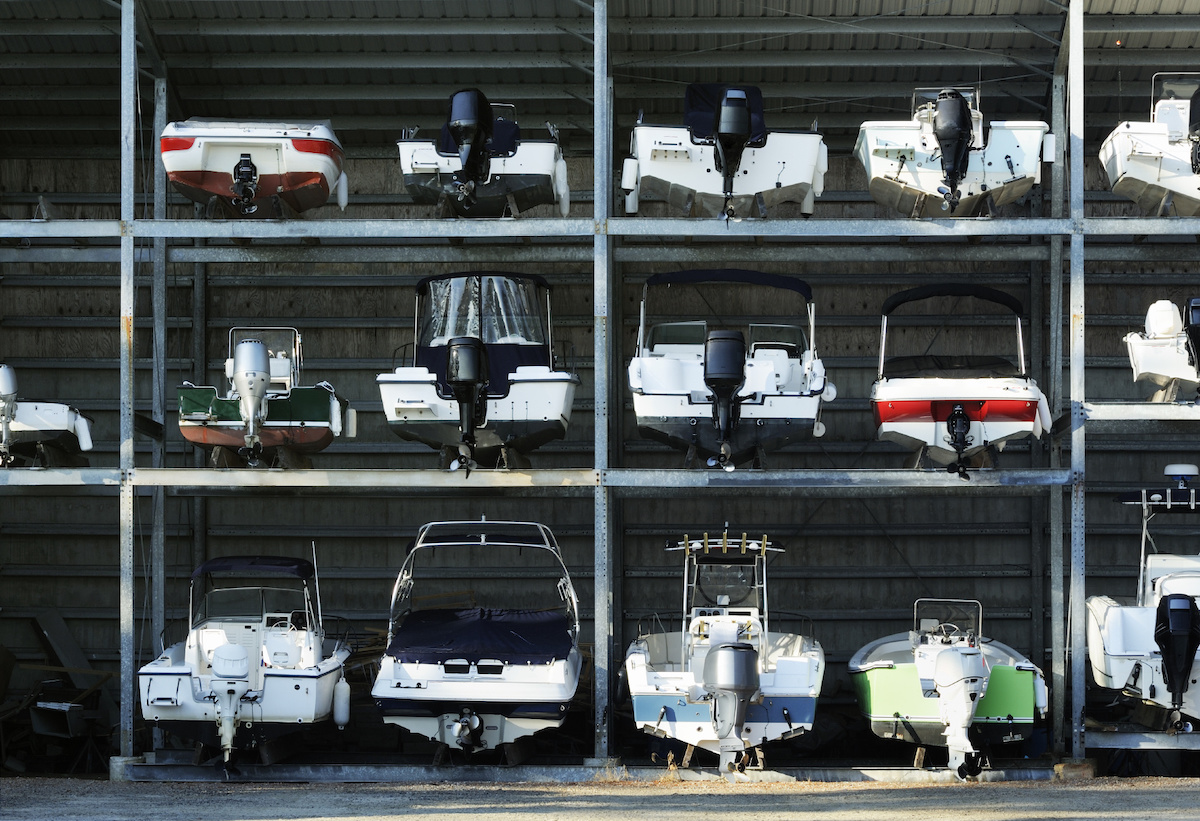
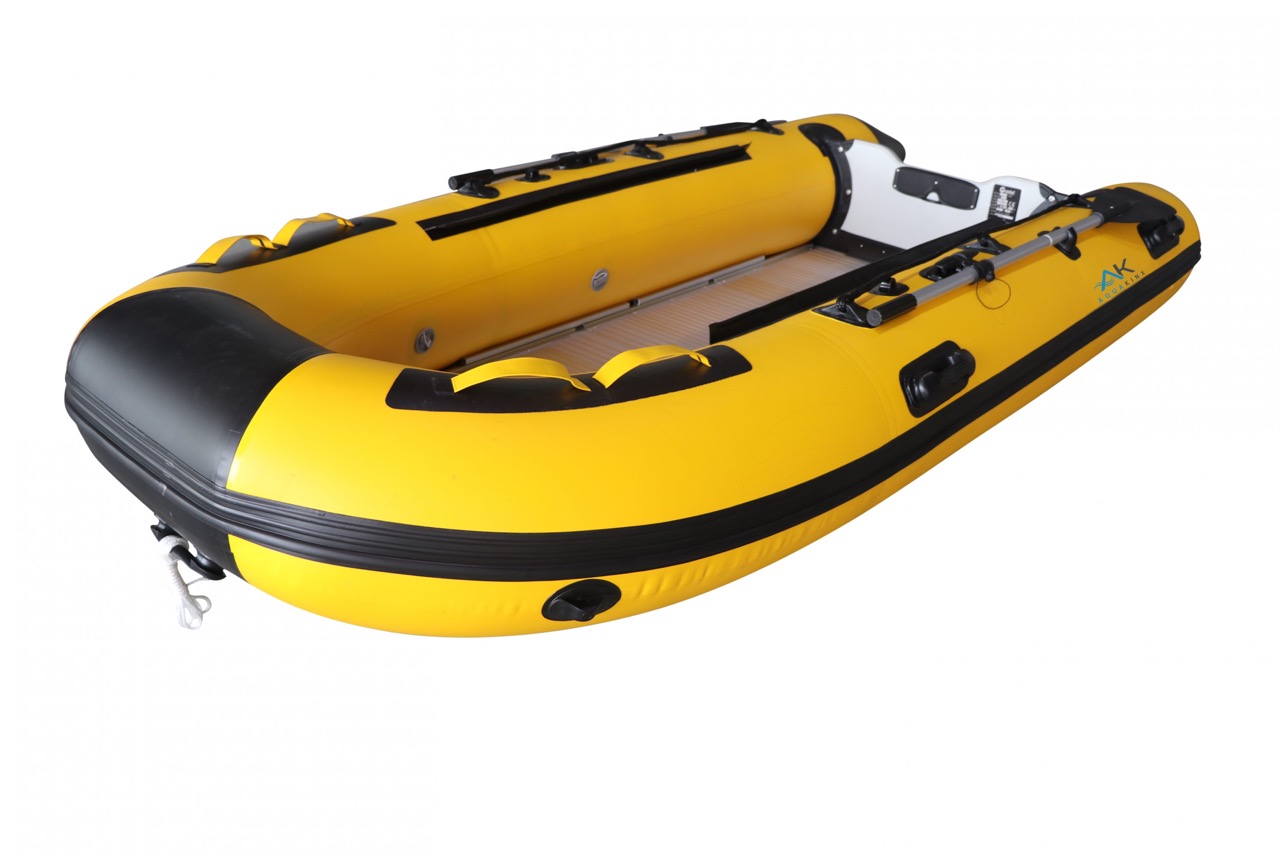

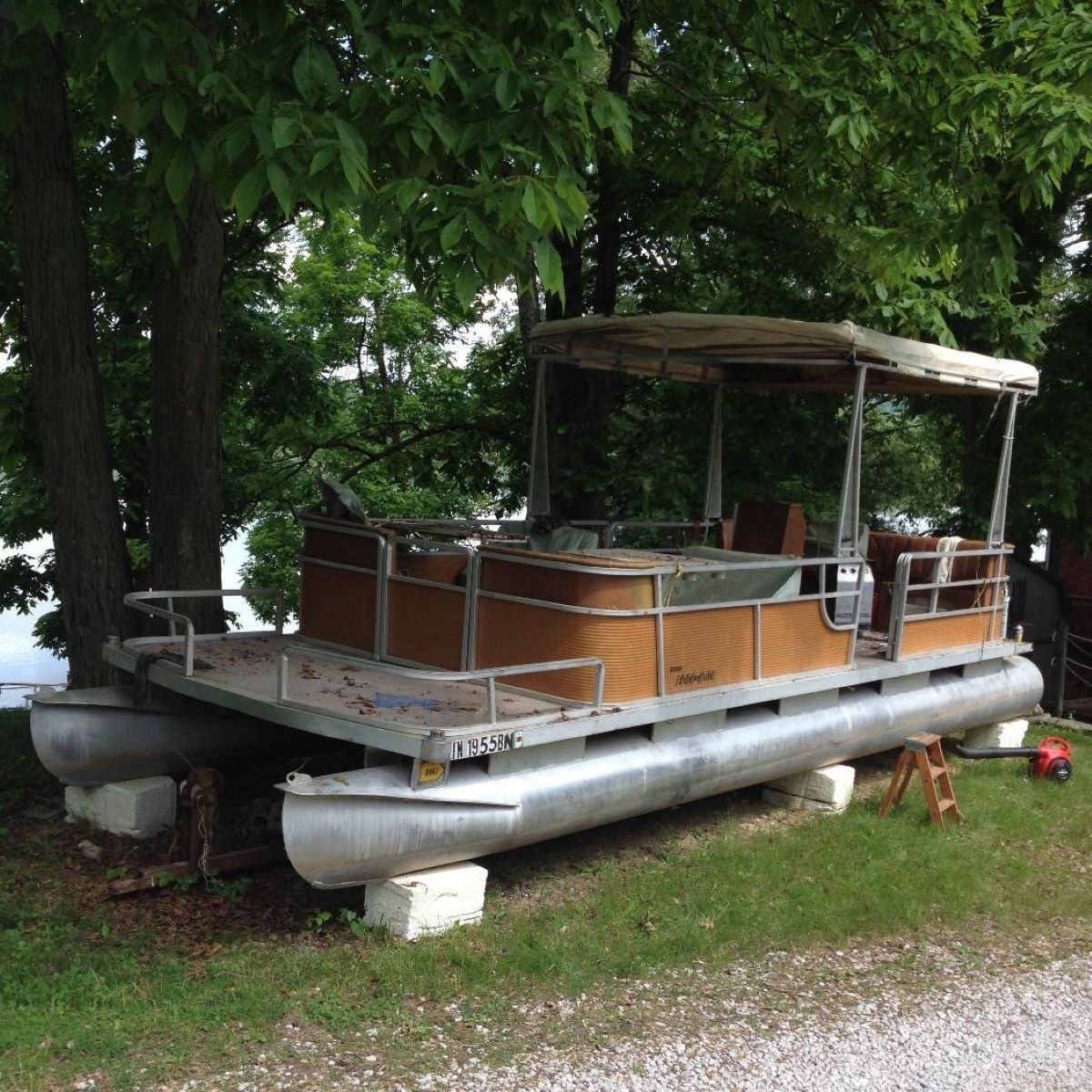
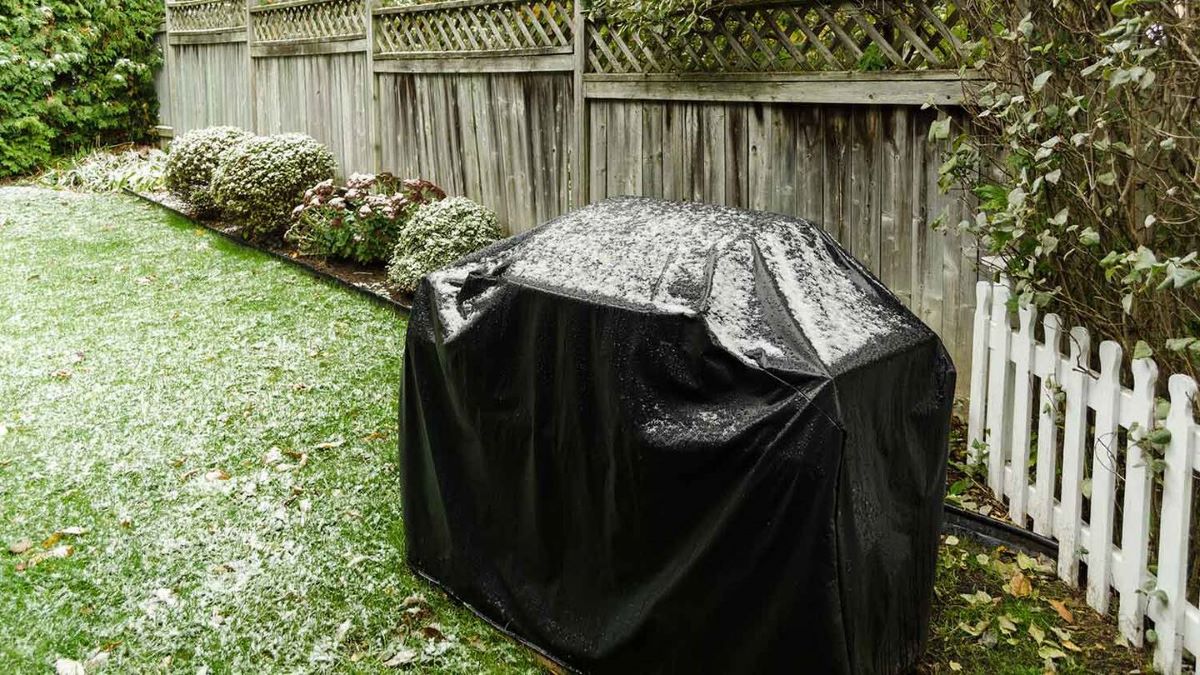
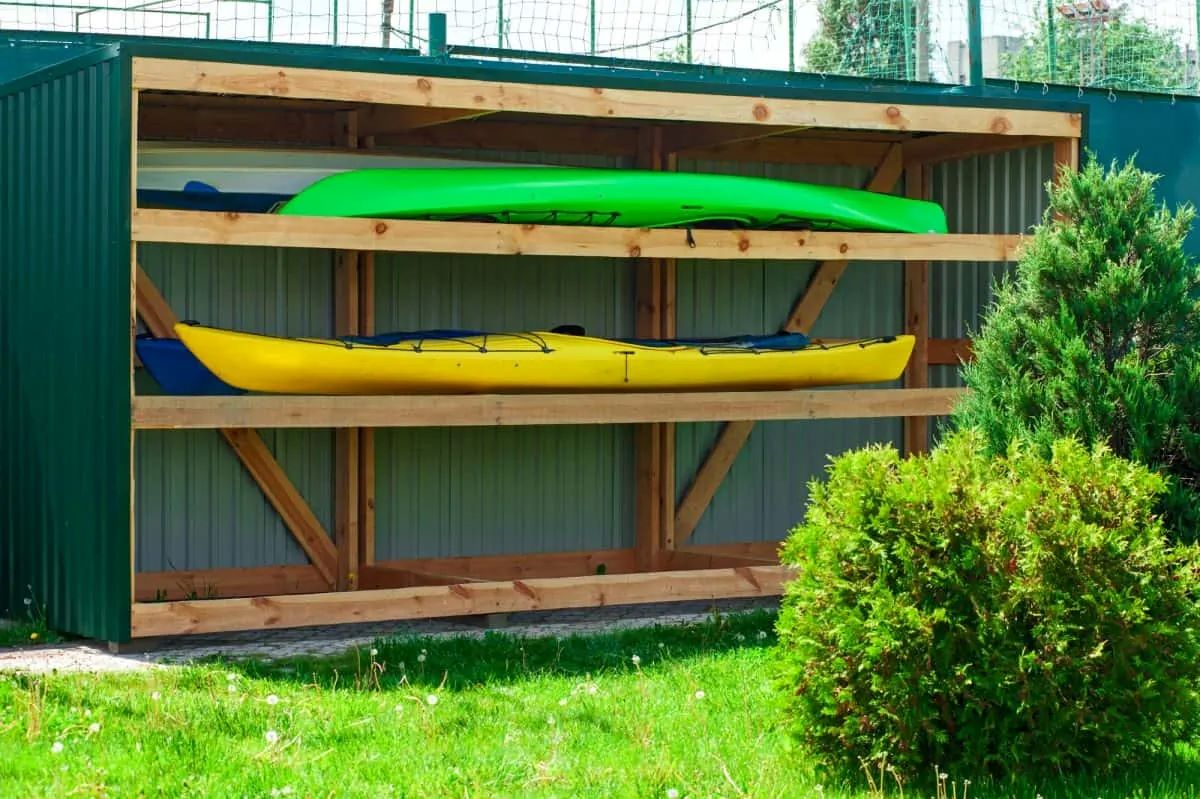
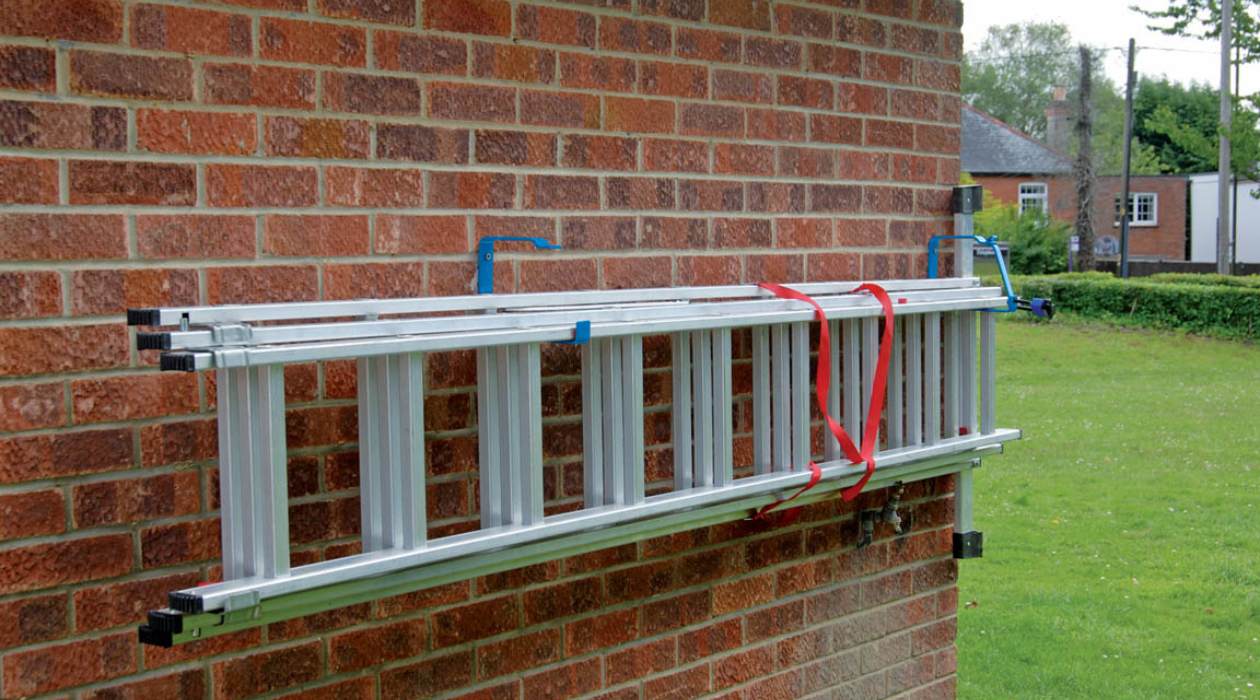


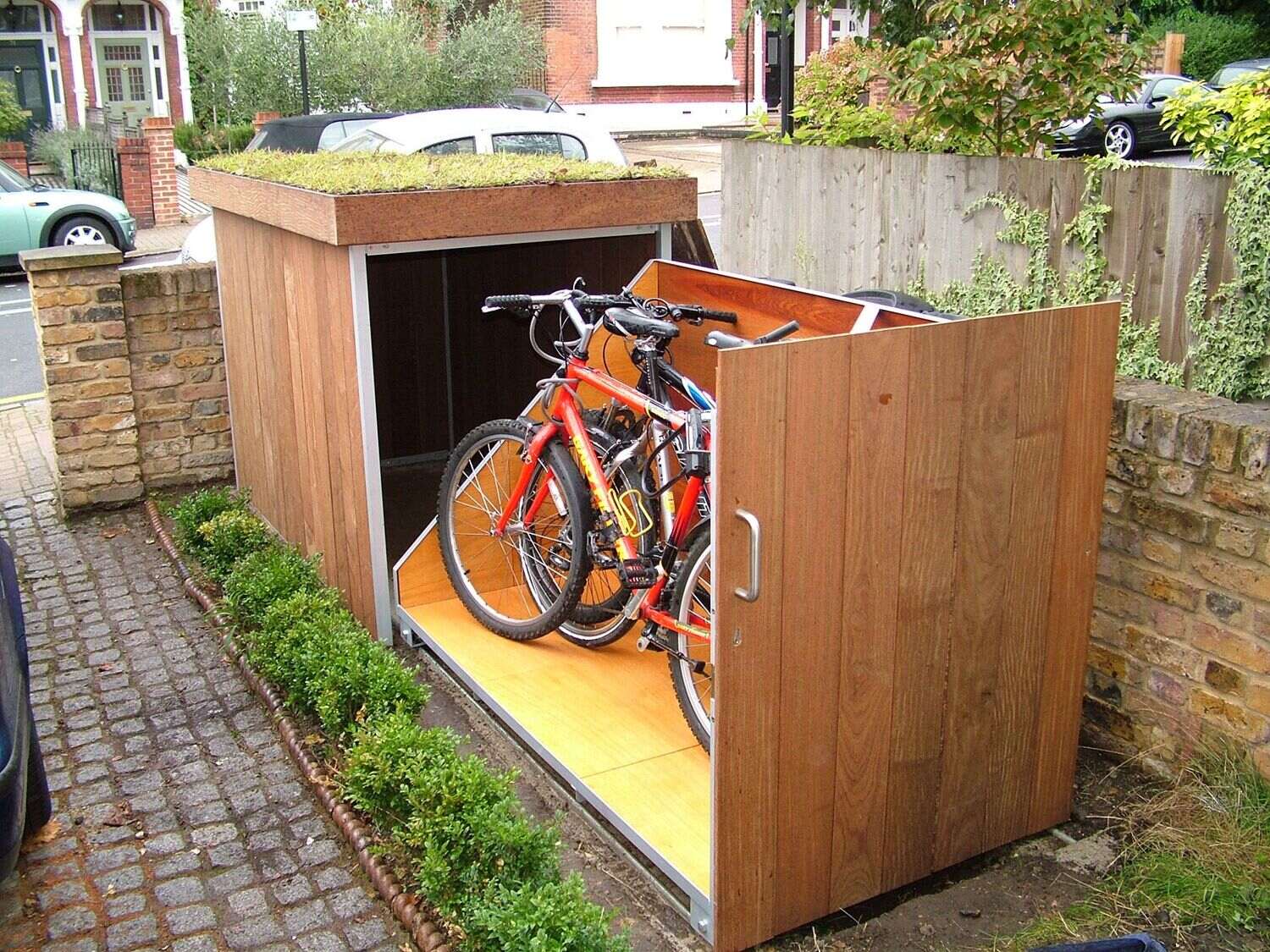
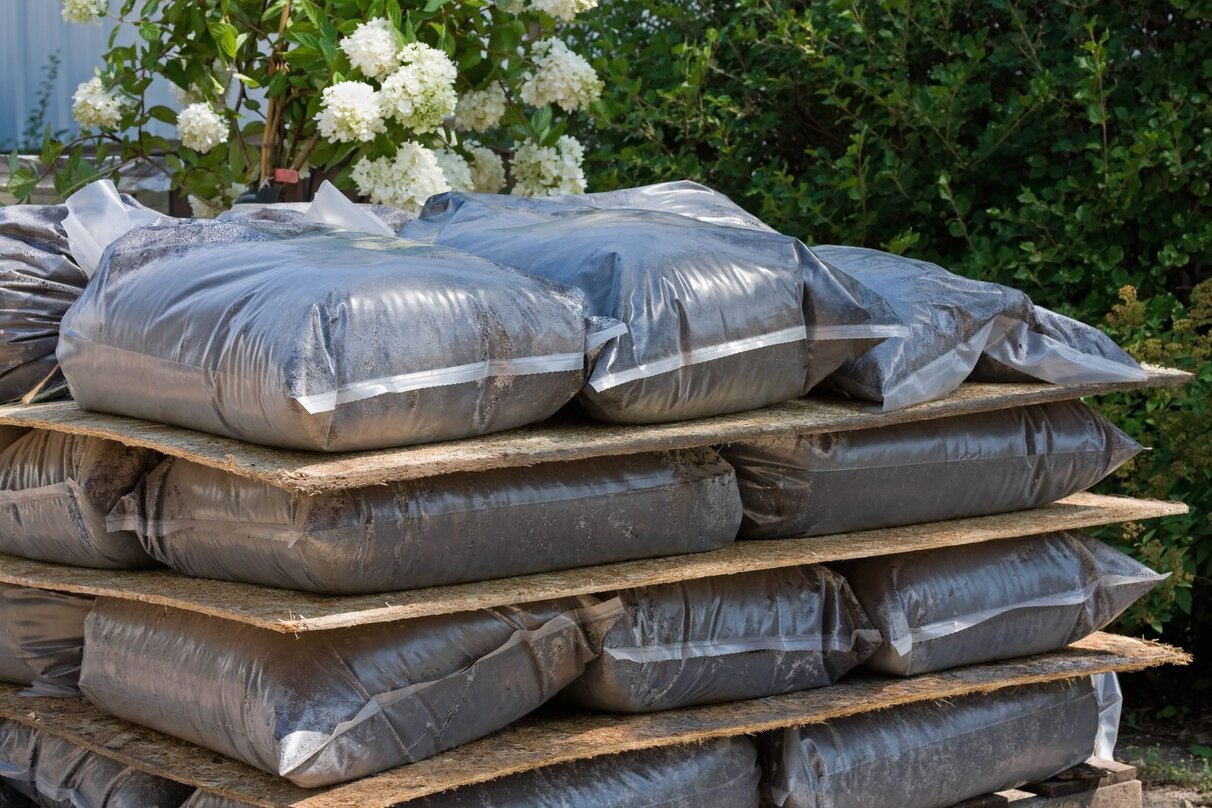
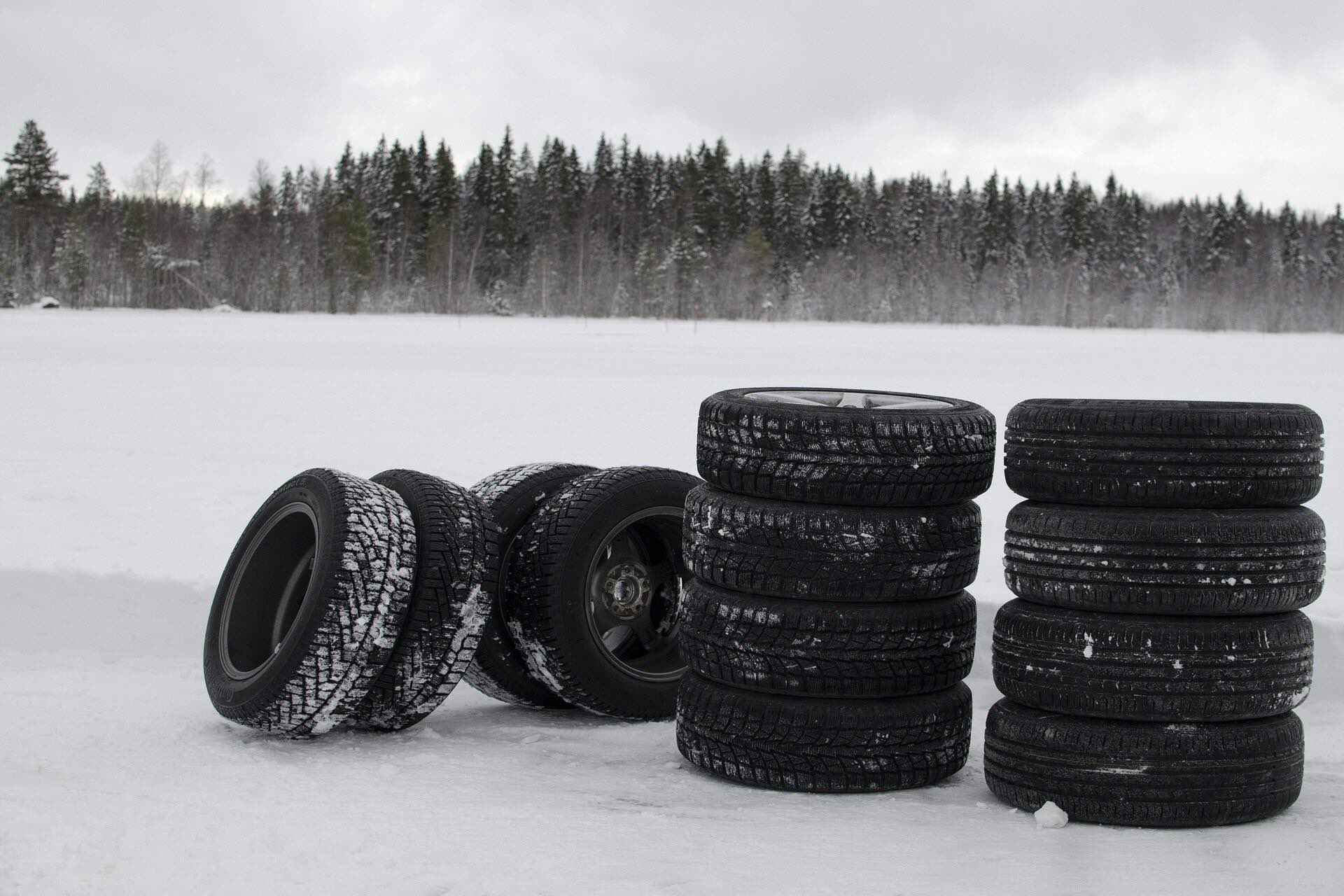
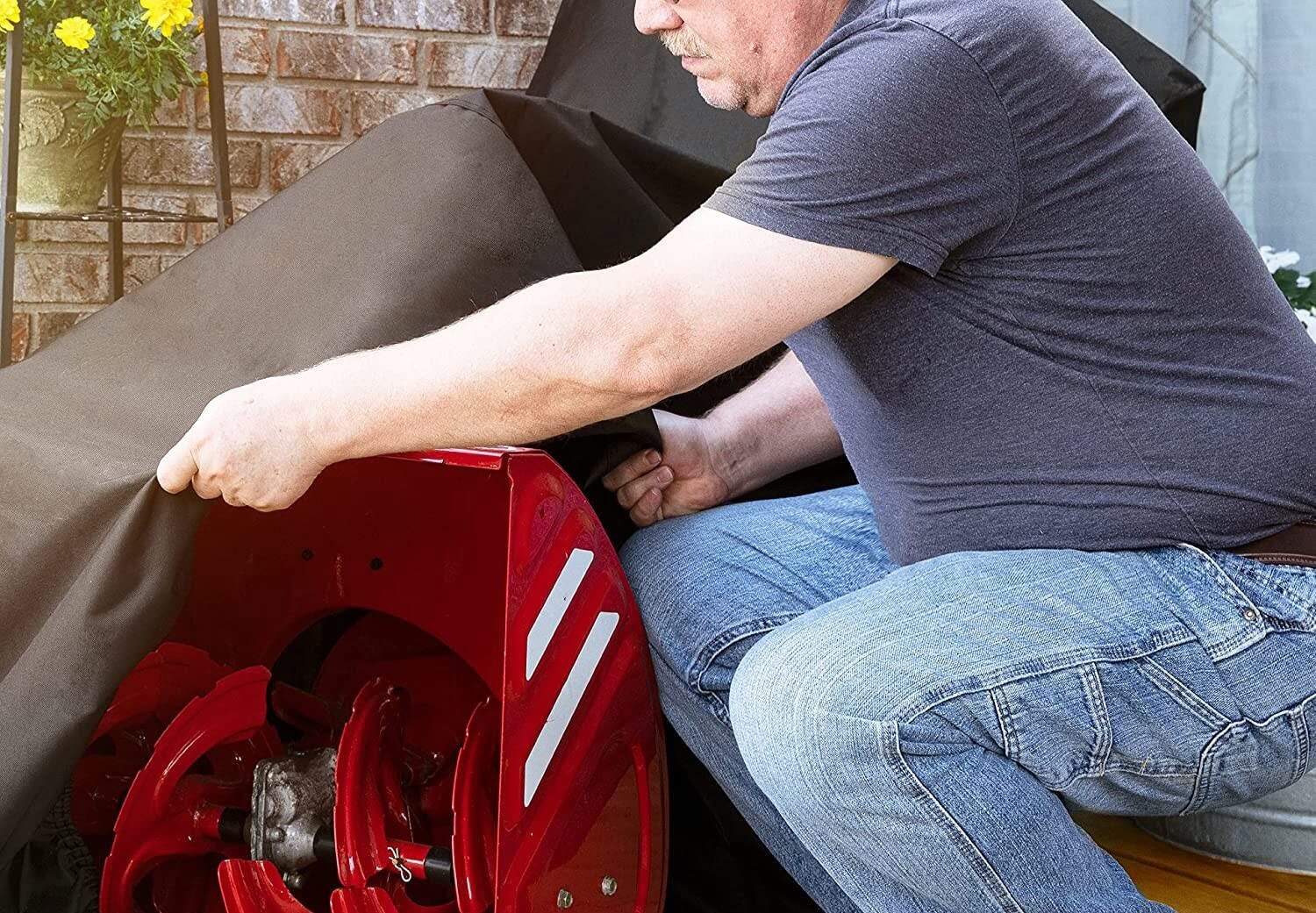


0 thoughts on “How To Store A Boat Outside”